PROTECT YOUR DNA WITH QUANTUM TECHNOLOGY
Orgo-Life the new way to the future Advertising by AdpathwayBy Anthony Franco | October 20, 2025 at 6:45pm CDT
The World Series looms and the offseason will begin around two weeks from now. One of the first key decisions for teams is whether to issue a qualifying offer to any of their impending free agents. Clubs have until the fifth day after the conclusion of the World Series to make QO decisions.
The QO is a one-year offer calculated by averaging the 125 highest salaries in MLB. This year’s price is $22.025MM. Players who receive the QO have around two weeks to get an early feel for the market before deciding whether to accept. If they do, they cannot be traded without their consent until at least June 15 of the following season — as is the case for any MLB free agent who signs a major league deal.
If the player rejects and signs elsewhere, his former team would receive draft compensation. The signing club would forfeit a pick (or picks) and potentially international signing bonus space. The compensation and penalties vary depending on teams’ revenue sharing and luxury tax statuses. MLBTR’s Mark Polishuk recently examined what each team would receive if they lose a qualified free agent, and the penalties they’d pay to sign one.
We’ll start with a look at the position players, with a preview of the pitchers to come later in the week. While there may be some close calls on the pitching side, there shouldn’t be a ton of intrigue with the hitting decisions. Many of this year’s top free agent hitters are ineligible for a qualifying offer, meaning there’ll probably only be four who receive it — each of whom would have a relatively easy decision to decline.
No-Doubters
- Bo Bichette (Blue Jays)
- Kyle Schwarber (Phillies)
- Kyle Tucker (Cubs)
There’s not much to say about this trio. They’ll all receive and reject a QO. Tucker could seek a contract north of $400MM, while Bichette should aim for $200MM+ despite a late-season knee sprain. Schwarber’s age and lack of defensive value will keep him below $200MM, but he’s going to easily beat $22MM per season on what should at least be a four-year contract.
Likely Recipient
- Trent Grisham (Yankees)
Grisham is a safe bet to receive the qualifying offer as well, though that’s perhaps more of a 90-95% likelihood than the absolute locks of the top tier. It should be an easy call for him to decline on the heels of a 34-homer breakout that is supported by impressive batted ball metrics. Even with a dip in his typically strong defensive grades, Grisham has a shot at a four- of five-year deal going into his age-29 season. He’s the top center fielder in the class.
The only argument against the Yankees issuing the QO is that they’d receive the lowest compensation as a luxury tax payor: a pick after the fourth round. If they feel there’s even a 10% chance of Grisham accepting, maybe they’d rather not risk committing $22MM and an accompanying $24MM in luxury taxes within the first two weeks of the offseason. Still, one imagines they’d happily take Grisham back on the off chance that he were willing to accept a one-year guarantee.
Long Shots
- Jorge Polanco (Mariners)
- Gleyber Torres (Tigers)
Polanco has had a huge second season in Seattle. He hit 26 homers with a .265/.326/.495 slash across 524 regular season plate appearances. His .703 OPS in the postseason isn’t great overall, but he has drilled three more home runs (including two off Tarik Skubal in a Game 2 victory in the Division Series). It’s arguably the best offensive performance of his career after accounting for the difficulty of hitting at T-Mobile Park. All that said, it’s difficult to see the Mariners offering $22MM to a 32-year-old whose defensive home is in question because of knee injuries. There’s a strong chance Polanco would accept, as his age and durability issues should cap him at a three-year deal even if he’s not attached to draft compensation.
Torres was on track to receive a qualifying offer after hitting .281/.387/.425 in an All-Star first half. He subsequently hit .223/.320/.339 and underwent postseason sports hernia surgery. While the injury offers an explanation for the late-season drop in production, it’s likelier that Torres is who he is: an above-average but not great hitter who plays a mediocre second base. He finished his lone season in Detroit with a .256/.358/.387 line with 16 homers, similar numbers to those he posted (.257/.330/.378) during his walk year with the Yankees. That got him a $15MM free agent deal. It’s tough to see Detroit offering him an extra $7MM and potentially locking that money up by mid-November.
That’s essentially it for any hitters with an outside chance to receive a QO. The only other player who even received consideration in this tier is Luis Arraez. While he still has the game’s best contact skills and is a good bet to hit .300, there’s just not enough overall impact to justify a $22MM salary. Of the 32 first basemen who tallied 400+ plate appearances, Arraez ranked 19th in on-base percentage (.327) and 26th in slugging (.392).
Ineligible
- Pete Alonso
- Harrison Bader
- Cody Bellinger
- Alex Bregman
- Ha-Seong Kim
- Josh Naylor
- Ryan O’Hearn
- J.T. Realmuto
- Trevor Story
- Eugenio Suárez
Players who have previously received a qualifying offer in their careers cannot be tagged with a second one. That rules out Alonso, Bellinger, Bregman, Realmuto and Story (who seems unlikely to opt out anyway). Teams can only make the offer to players who spent the entire preceding season on their roster. Bader, Naylor, O’Hearn and Suárez were all traded at the deadline. The Braves claimed Kim off waivers from Tampa Bay in September.






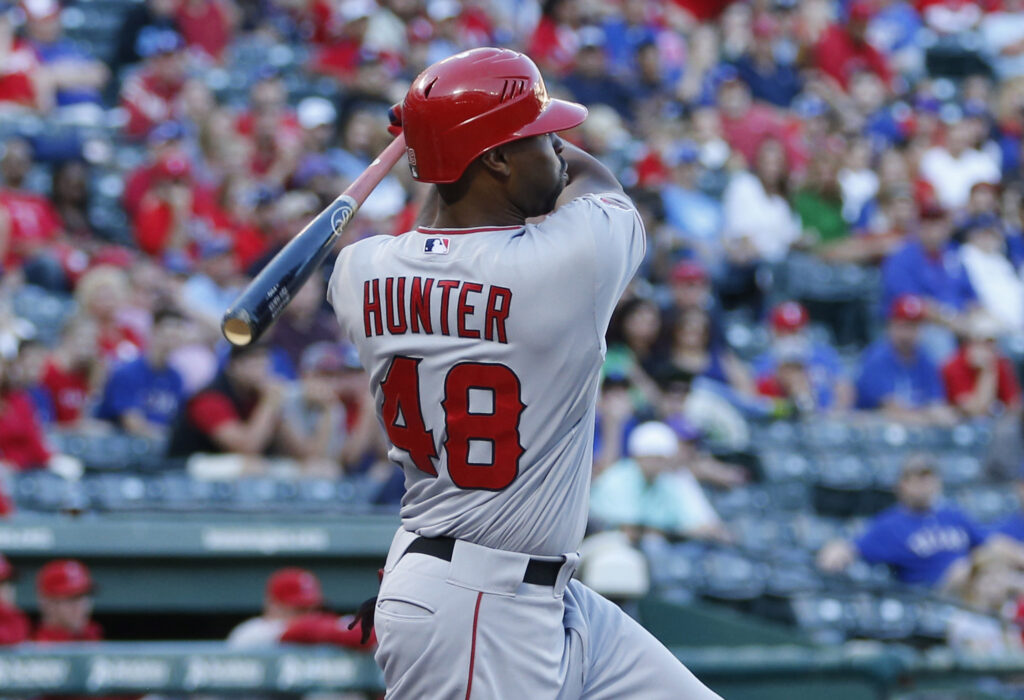



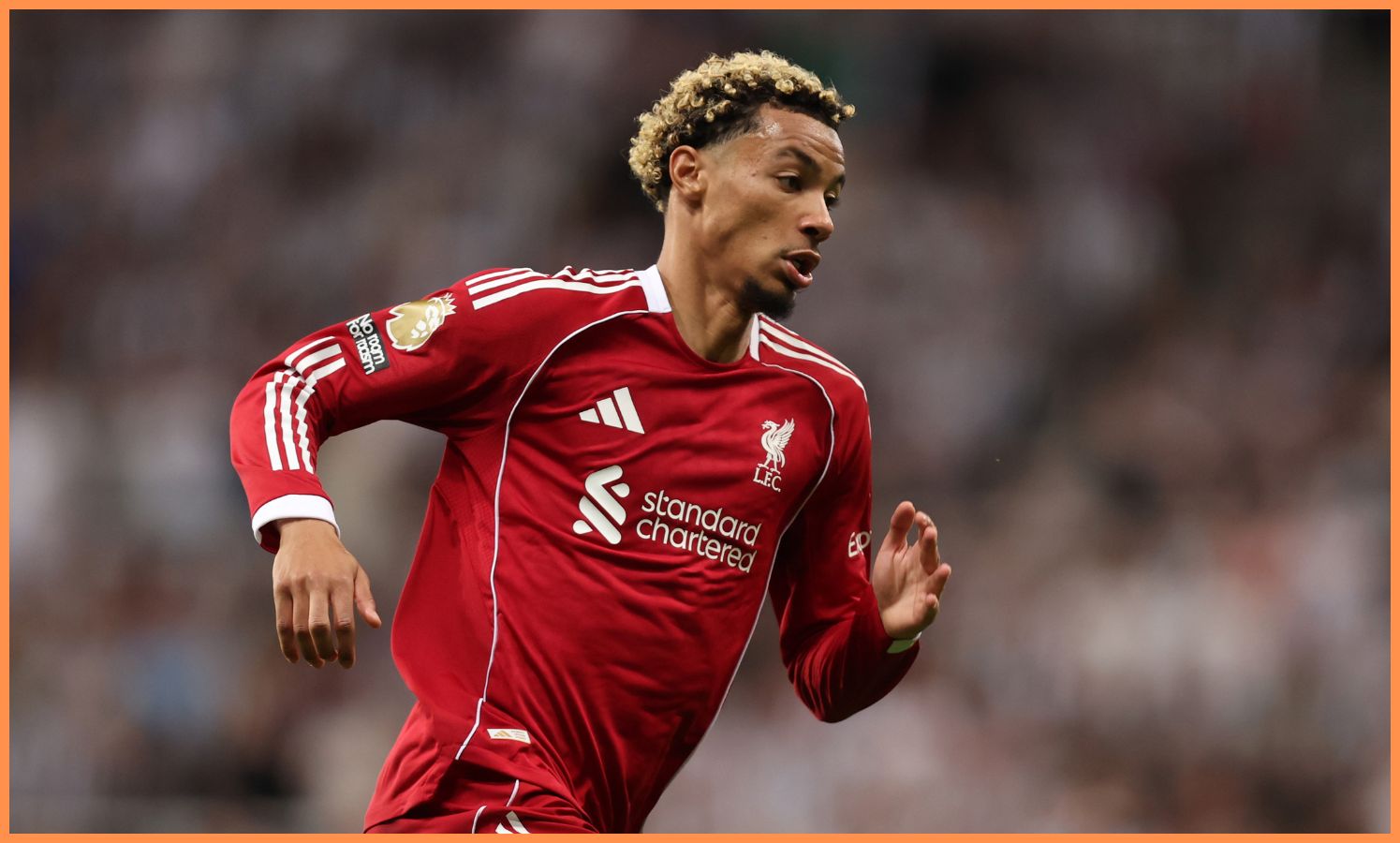


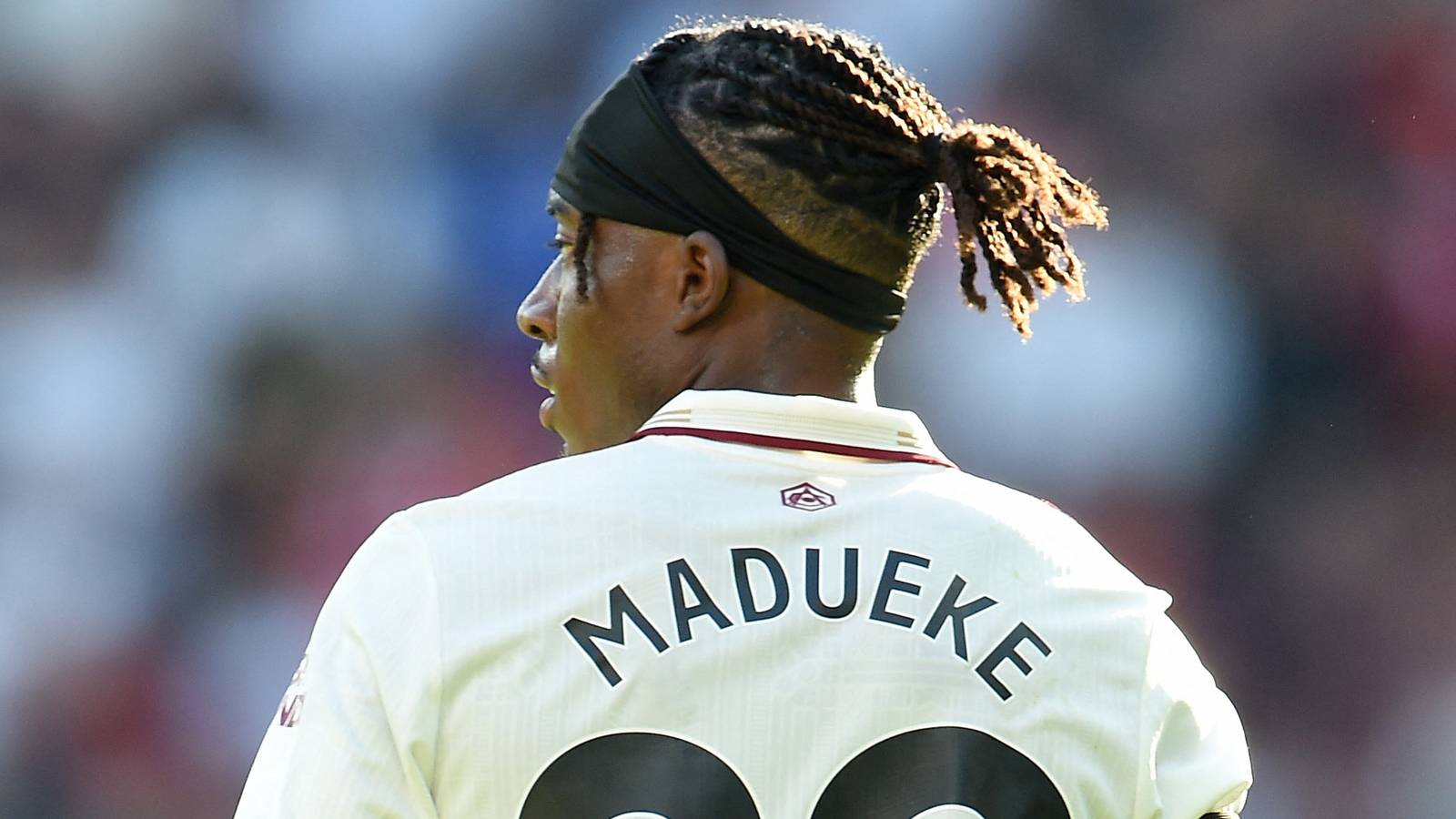
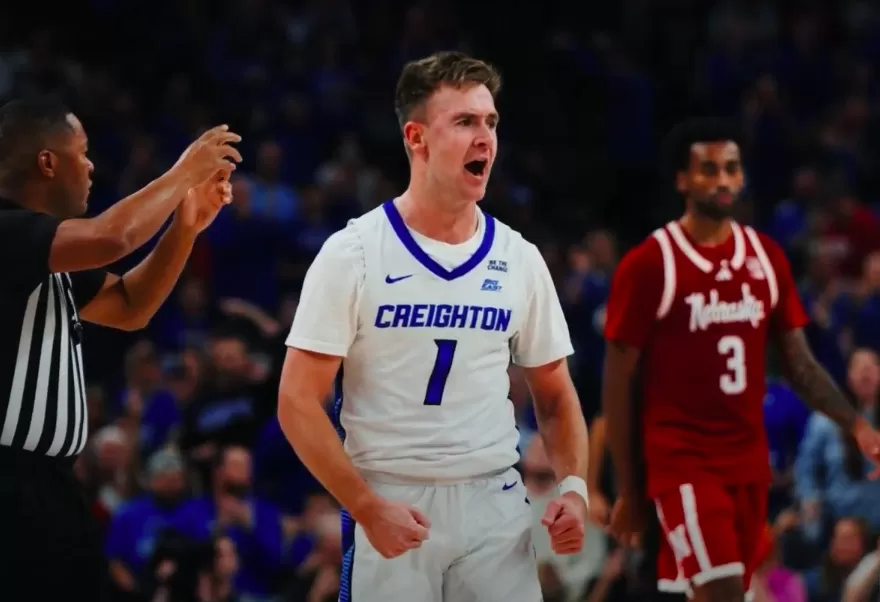
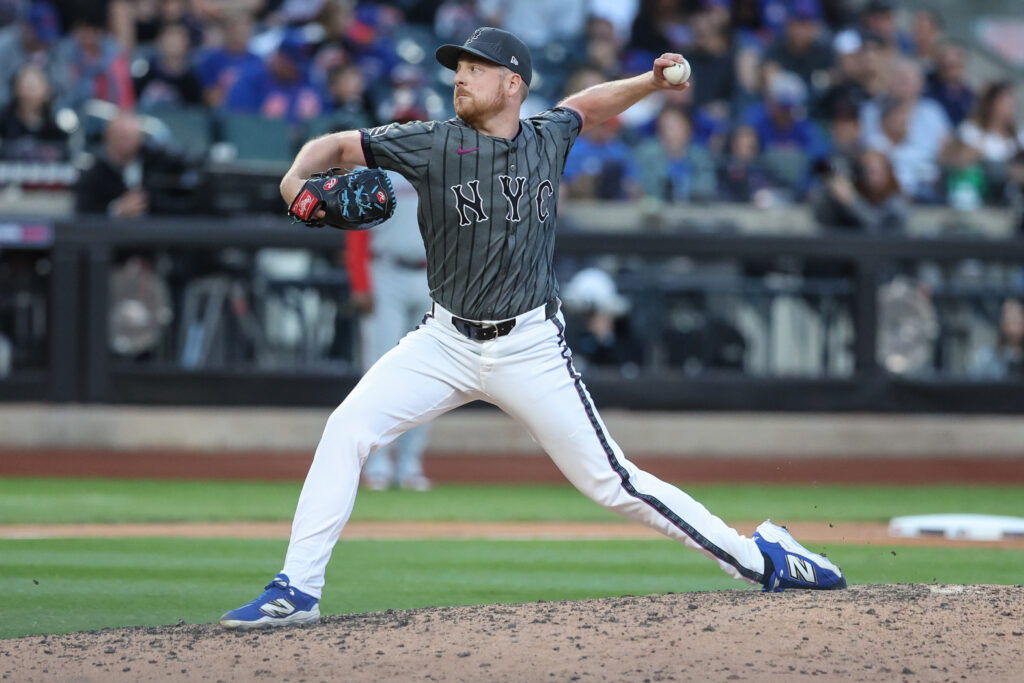



 English (US) ·
English (US) ·  French (CA) ·
French (CA) ·